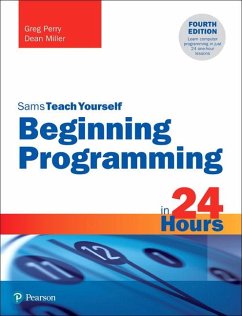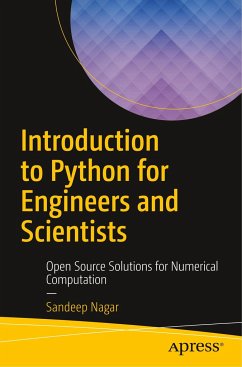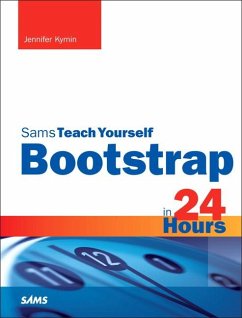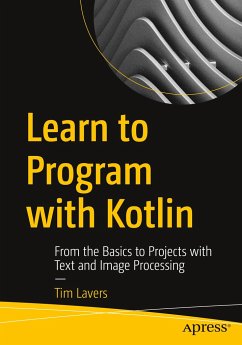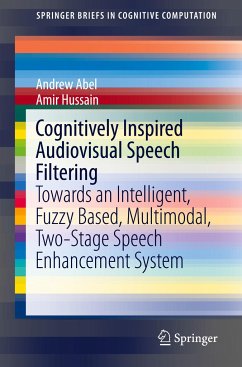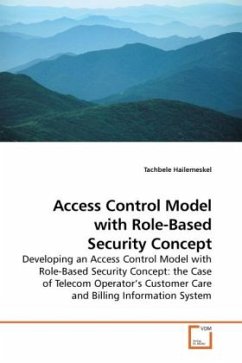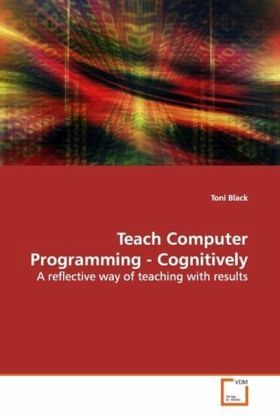
Teach Computer Programming - Cognitively
A reflective way of teaching with results
Versandkostenfrei!
Versandfertig in 6-10 Tagen
39,99 €
inkl. MwSt.

PAYBACK Punkte
20 °P sammeln!
Through a Practitioner Research project, the authortested the Cognitive Apprenticeship Model in abeginning computer programming class. Learningthrough this approach helped the students tocontextualize, which is critical for understandingprogramming concepts. It was found the coachingelement of the model played a vital role in thestudents learning experience. The author describesthe coaching method in detail. Students quicklymastered the programming basics and learned totroubleshoot their own errors and to developproblem-solving skills. Once the students gained alevel of confidence in their abi...
Through a Practitioner Research project, the author
tested the Cognitive Apprenticeship Model in a
beginning computer programming class. Learning
through this approach helped the students to
contextualize, which is critical for understanding
programming concepts. It was found the coaching
element of the model played a vital role in the
students learning experience. The author describes
the coaching method in detail. Students quickly
mastered the programming basics and learned to
troubleshoot their own errors and to develop
problem-solving skills. Once the students gained a
level of confidence in their ability to solve smaller
coding problems, they gravitated naturally to
consulting with their peers. This lead to lively
discussions and a passion for solving their own
problems. With an increasing base of knowledge and
experience due to the group s problem-solving
sessions, students were able to work independently in
the last half of the semester.
tested the Cognitive Apprenticeship Model in a
beginning computer programming class. Learning
through this approach helped the students to
contextualize, which is critical for understanding
programming concepts. It was found the coaching
element of the model played a vital role in the
students learning experience. The author describes
the coaching method in detail. Students quickly
mastered the programming basics and learned to
troubleshoot their own errors and to develop
problem-solving skills. Once the students gained a
level of confidence in their ability to solve smaller
coding problems, they gravitated naturally to
consulting with their peers. This lead to lively
discussions and a passion for solving their own
problems. With an increasing base of knowledge and
experience due to the group s problem-solving
sessions, students were able to work independently in
the last half of the semester.



